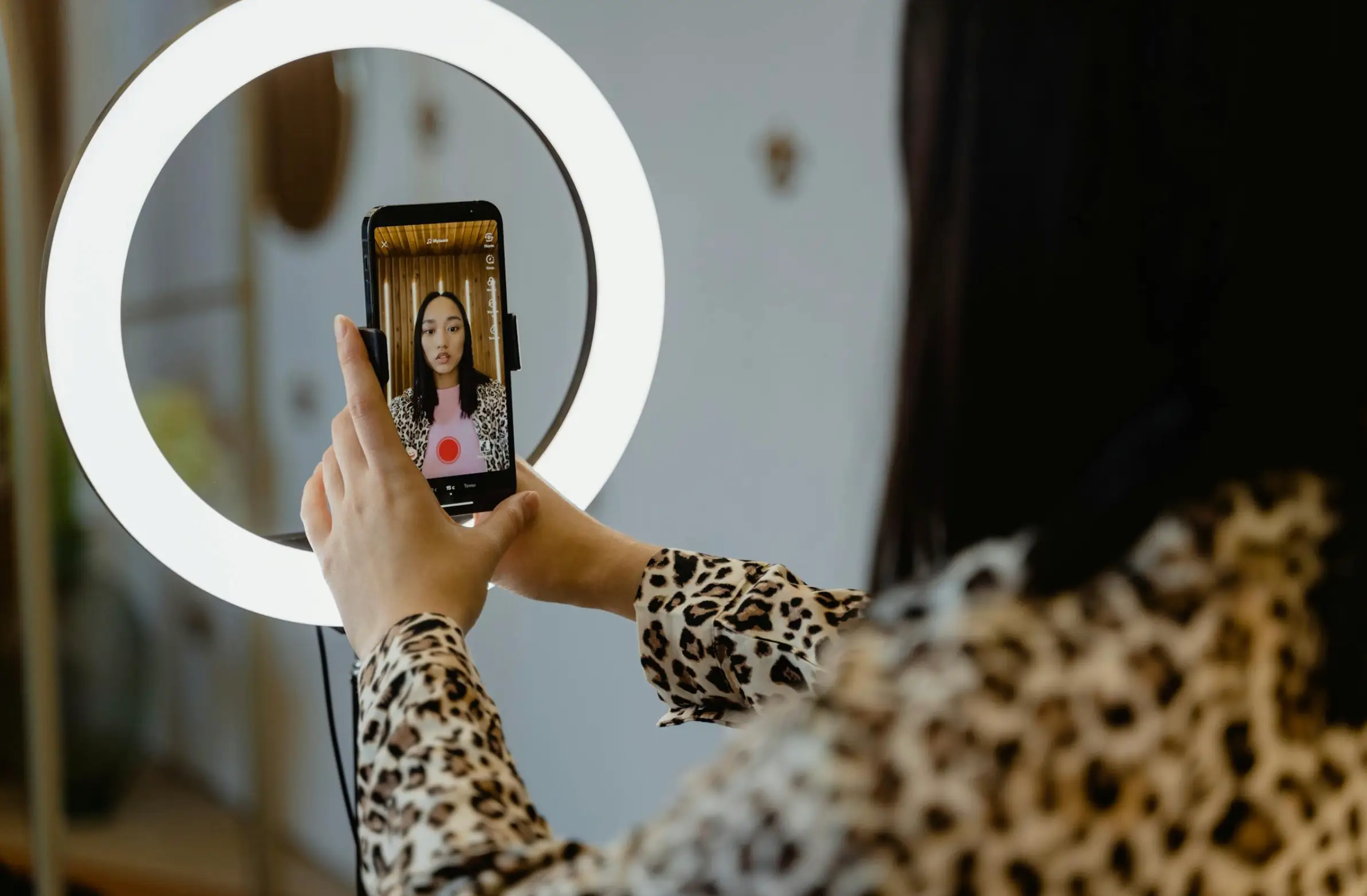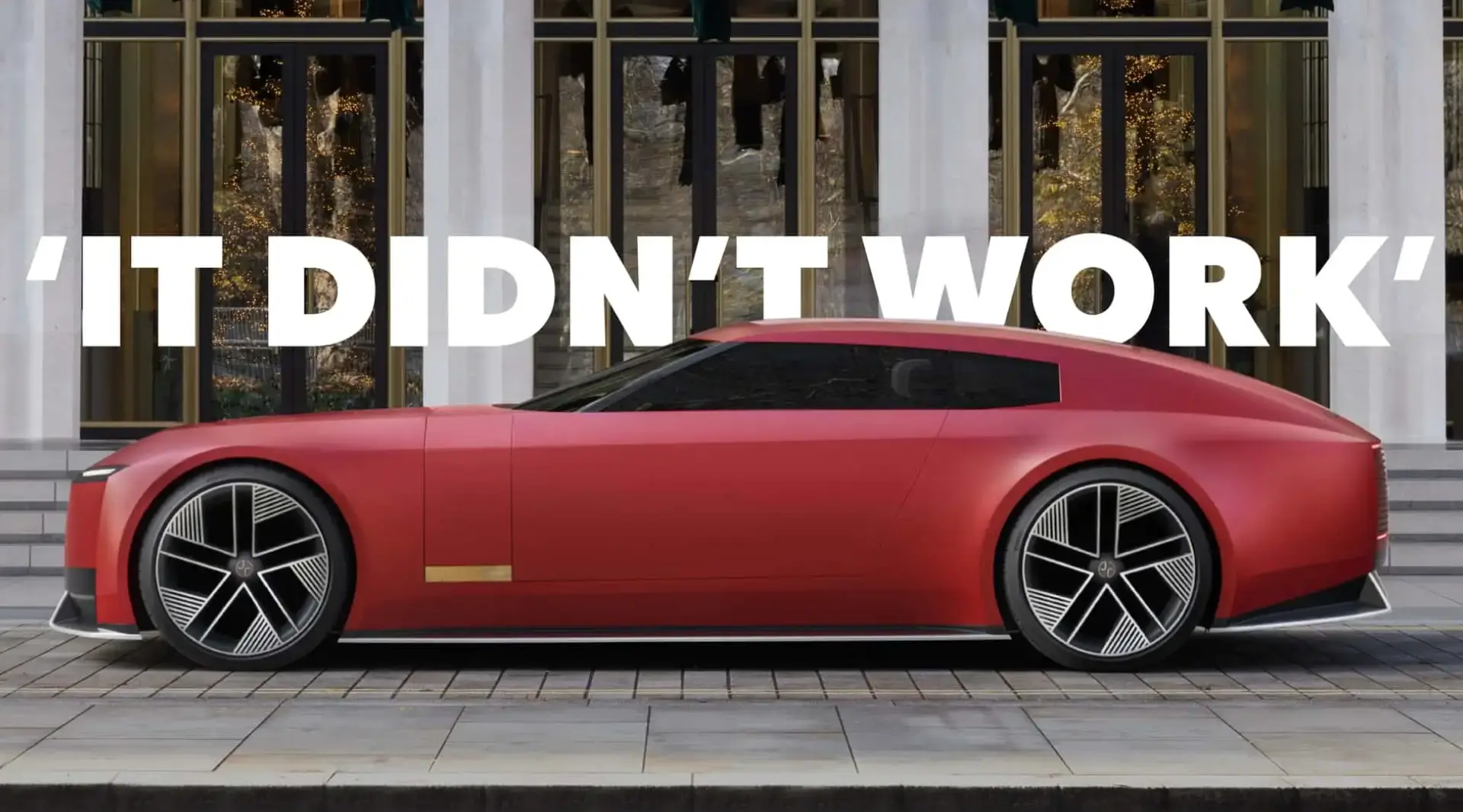How to Use Visuals to Get More Traffic
Updated on
Published on

In today's digital landscape, where attention spans are shorter than ever, capturing your audience's attention is a constant challenge. As the saying goes, "a picture is worth a thousand words," and that's precisely why visual content has become a powerful tool for businesses to attract and engage their target audience. Whether you're running a blog, an e-commerce website, or a social media campaign, incorporating a well-thought-out visual content strategy can significantly enhance your online presence and drive more traffic to your platforms. In this blog post, we'll explore the key elements of a successful visual content strategy and provide actionable tips on how to leverage visuals to maximize your reach.

- Understand Your Target Audience
Before diving into visual content creation, it's crucial to have a deep understanding of your target audience. Who are they? What are their interests? What platforms do they use? By gaining insights into these questions, you can tailor your visual content strategy to resonate with your audience and capture their attention effectively. Conducting surveys, analyzing user data, and monitoring social media conversations are excellent methods to gather valuable information about your audience's preferences and expectations.

- Develop Consistent Branding
Consistency is key when it comes to visual content strategy. Establishing a cohesive and recognizable brand identity across all your visuals helps build trust and fosters a strong connection with your audience. Define a set of brand guidelines that encompass your color palette, typography, imagery style, and overall aesthetic. Apply these guidelines consistently to all your visual content, whether it's blog images, social media posts, or website banners. This consistent branding will reinforce your brand's image and make it instantly recognizable in the crowded digital space.

- Create Engaging Infographics
Infographics are a powerful tool for communicating complex information in a visually appealing and digestible format. By condensing data, statistics, or step-by-step processes into visually engaging graphics, you can captivate your audience and encourage them to share your content. Tools like Canva, Piktochart, and Venngage offer user-friendly interfaces and pre-designed templates to help you create stunning infographics. You can also generate your own infographics with an AI art generator even if you're not a graphic design expert. Remember to focus on simplicity, clarity, and the visual hierarchy to ensure your message is conveyed effectively.
- Incorporate High-Quality Images
When it comes to visual content, the quality of your images matters. Low-resolution or pixelated images can negatively impact your brand's credibility and deter users from engaging with your content. Use an AI image enhancer to improve the image quality to high resolution and 4K. Invest in high-quality visuals that align with your brand's style and messaging. If you're not a professional photographer, there are numerous stock photo websites, such as Unsplash, Pexels, and Pixabay, where you can find a vast collection of free or affordable images. When selecting images, choose those that are relevant to your content, evoke emotions, and resonate with your audience.

- Utilize Video Content
In recent years, video content has exploded in popularity, becoming one of the most engaging forms of visual content. Incorporating videos into your content strategy can significantly boost your traffic and improve user engagement. Consider creating short and informative videos that demonstrate your products or services, showcase customer testimonials, or provide educational content. Platforms like YouTube, Vimeo, and social media sites offer great opportunities to share and promote your video content. Additionally, live video streaming on platforms like Instagram Live or Facebook Live can help you connect with your audience in real-time, fostering a sense of authenticity and building trust.
- Optimize Visuals for SEO
Search engine optimization (SEO) isn't just limited to text-based content. Visuals can also play a crucial role in improving your website's search engine rankings and driving organic traffic. Ensure your images and videos are optimized for SEO by using descriptive filenames and alt tags. Use relevant keywords in the file names and alt tags to help search engines understand the content of your visuals. Additionally, compress your images to reduce file size and improve loading speed, as faster-loading websites tend to rank higher in search results. Lastly, make sure your visual content is easily shareable by integrating social sharing buttons on your website and blog posts. Encouraging users to share your visuals can increase your reach and drive more traffic back to your website.

- Leverage Social Media Platforms
Social media platforms are a goldmine for visual content sharing. Take advantage of platforms like Instagram, Pinterest, and Facebook to showcase your visual content and attract a wider audience. Each platform has its own unique features and audience, so tailor your visual content accordingly. Instagram, for instance, thrives on high-quality images and visually appealing stories, while Pinterest is known for its infographics and image-based content. Customize your visuals to fit the platform's requirements and engage with your audience through likes, comments, and shares. This interaction not only drives traffic but also helps build a loyal community around your brand.
- Tell a Story with Visuals
Visual content is a powerful storytelling tool. Instead of relying solely on text to convey your message, let your visuals do the talking. Craft a narrative through images, videos, and infographics that elicits emotions and connects with your audience on a deeper level. Whether you're showcasing your brand's journey, highlighting customer success stories, or sharing behind-the-scenes glimpses, storytelling through visuals can create a memorable and immersive experience for your audience. This emotional connection will drive engagement and encourage users to share your content, resulting in increased traffic and brand exposure.

- Monitor and Analyze Performance
To ensure the success of your visual content strategy, it's essential to monitor and analyze its performance regularly. Utilize analytics tools, such as Google Analytics or social media insights, to track metrics like engagement, click-through rates, shares, and conversions. Pay attention to which visuals perform best and resonate most with your audience. Use this data to refine your strategy, identify trends, and create more of the content that drives traffic and generates results. Continuously experimenting and optimizing your visual content strategy will help you stay ahead of the competition and maintain a steady flow of traffic to your platforms.
In today's digital landscape, visual content has become a vital component of any successful marketing strategy. By incorporating visually appealing and engaging content into your online platforms, you can attract more traffic, captivate your audience, and increase brand visibility. Remember to understand your target audience, maintain consistent branding, create infographics, utilize high-quality images and videos, optimize visuals for SEO, leverage social media platforms, tell a story, and monitor performance. With a well-executed visual content strategy, you'll be well-positioned to stand out in the digital realm and drive substantial traffic to your website or blog.







